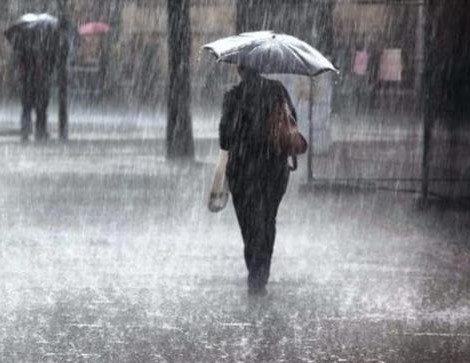Cold, rains and winds predicted across Kenya – Met Dept

The Met Department has urged residents in colder regions to keep warm and advised farmers to follow localized updates for rainfall trends.
Kenyans should prepare for a week of varying weather conditions, including light showers, chilly mornings, and strong winds, according to the latest forecast by the Kenya Meteorological Department.
The outlook, which covers the period from July 22 to July 28, 2025, indicates that parts of the Central Highlands and western Kenya will receive light rainfall offering slight relief amid an otherwise dry spell.
Cool and cloudy weather is expected to dominate the Southeastern lowlands, the Rift Valley, and highland regions, with temperatures in some areas dropping below 10°C, particularly around Mt. Kilimanjaro and sections of the Central Highlands.
In contrast, the Northeastern and Northwestern regions will continue to experience high daytime temperatures, exceeding 30°C.
Strong winds blowing at speeds over 25 knots are anticipated along the Coast, as well as in Northeastern, Southeastern, and Northwestern Kenya. These may disrupt outdoor activities, transportation, and operations involving small watercraft.
The Met Department has urged residents in colder regions to keep warm and advised farmers to follow localized updates for rainfall trends. Motorists are also warned to expect slippery roads and reduced visibility in rainy areas.
In its broader July 2025 Climate Outlook, the department noted that most parts of the country will face generally cool conditions with overcast skies and periodic light rainfall. The pattern will especially affect Nairobi, the Central Highlands, and parts of the Rift Valley.
Rainfall is expected to be near or above average in regions such as the Lake Victoria Basin, the eastern and western Highlands of the Rift Valley including Nyandarua and Laikipia counties the Central and Southern Rift, and some parts of Northwestern Kenya.
Cloud cover, mist, fog, and occasional drizzle will likely occur, particularly in elevated terrain during early mornings and late evenings.
